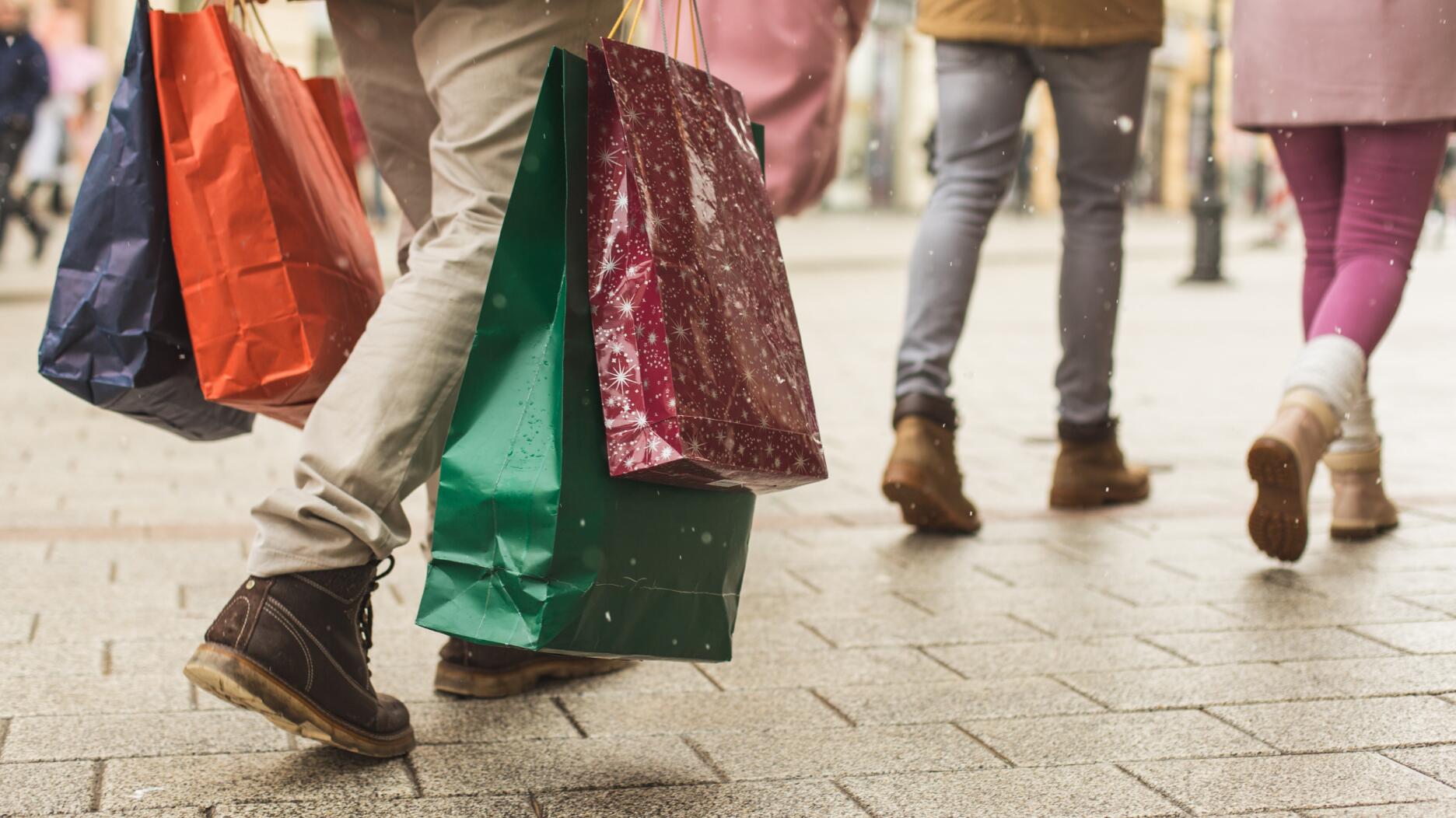We’ve Reached the Sustainability ‘Tipping Point,’ De Beers Says
It has become, and will continue to be, an important factor in diamond purchases, according to the 2021 Diamond Insight Report.

Price, design and, now, sustainability, a trend at least a decade in the making that’s now become an imperative for businesses, De Beers Group executives said Monday in an interview ahead of the release of the 2021 Diamond Insight Report.
As part of this year’s report, De Beers commissioned consulting firm GlobeScan to conduct a worldwide study on consumers and their attitudes toward sustainability, particularly as they pertain to natural diamonds.
What the study found is that consumers—particularly younger consumers—care about sustainability when buying a diamond and, what’s more, some of them are willing to pay a premium for it.
The issue of sustainability is quickly becoming “table stakes” for companies in the diamond business, said David Prager, De Beers executive vice president and chief brand officer.
“It won’t be a choice or an advantage to have a sustainable brand or product; it will be a must-have,” he said.
According to the study, nearly 60 percent of consumers will select a diamond from a brand that demonstrates that it operates in an environmentally and socially responsible way over one lacking sustainability assurances. Of those, 85 percent are open to paying an average premium of 15 percent.
The study also showed that the more important the occasion, the more likely consumers are to want a diamond that was produced responsibly.
Sixty-two percent of people buying natural diamonds for weddings, engagements and anniversaries rated sustainability factors as top priority in their purchasing decision.
That number dropped to 50 percent for diamonds women and men were buying for themselves, and 45 percent for diamonds purchased for other occasions, like Mother’s Day or Christmas.
Esther Oberbeck, De Beers’ senior vice president of strategy and analytics, has studied consumer behavior around diamonds for years.
She said with this most recent report, she was surprised at the geographical commonalities on sustainability it revealed, with consumers worldwide concerned about this issue.
The report also notes that sustainability concerns transcend age as well, though younger consumers— millennials in particular—are the current leaders in the movement, with Gen Z coming up behind as they gain more purchasing power.
The study found that 68 percent of millennials and 65 percent of Gen Zers have bought products because of their sustainability credentials, compared with 42 percent of baby boomers.
When it comes to jewelry specifically, 30 percent of millennials and 21 percent of Gen Zers have purchased jewelry with sustainability credentials, compared with only 8 percent of boomers.
Sustainability considerations are also higher among consumers with a higher education (67 percent) and from affluent backgrounds (70 percent), whom, it should be noted, are the ones with excess disposable income to spend on sustainable products.
The behavior of jewelry consumers is in lockstep with the broader global interest in sustainability in all sectors—not just diamonds and other luxury goods, but food, beauty products, household products, cars, and more.
“There is no doubt in my mind that this is not a fad,” Oberbeck said. “This is not going away. This is a mega-trend that is here to stay. I think consumers are telling us this message loud and clear.”
In the Diamond Insight Report, De Beers cited GlobeScan figures that show growing interest in issues of corporate social responsibility.
In 1999, GlobeScan conducted a study in which it asked consumers if they had considered rewarding a socially responsible company with a purchase or word-of-mouth referral. Less than half, 46 percent, said they had done so.
When asked that same question in 2020, 69 percent of consumers said yes.
In a GlobeScan Radar study conducted in 2010, 67 percent of consumers said they were interested in learning more about how companies were trying to be more environmentally and socially responsible.
By 2020, that percentage had risen to 86 percent.
And in another Radar study in 2015, less than half of consumers said they felt it was a company’s responsibility to have a “vision to make the world a better place.” Fast-forward to 2020, and that percentage stands at 64 percent.
Sustainability is an issue De Beers has been tracking—and investing huge amounts of money in—for years, starting with the launch of Forevermark in Hong Kong in 2008 through the introduction of De Beers Code of Origin in Las Vegas this year.
Prager said consumer interest in sustainability has accelerated over the past 18 months due to a confluence of factors: COVID-19; the social justice movement that started in the United States and spread worldwide; more people witnessing the first-hand effects of climate change; and more younger consumers reaching financial maturity.
All of this has brought society to what De Beers CEO Bruce Cleaver characterized as a “tipping point” for diamond purchases.
In the news release accompanying the report, Cleaver said: “With sustainability being one of the key mega trends across all consumer sectors, this year’s Diamond Insight Report explores how sustainability factors are influencing consumer attitudes towards diamonds.
“As is clear from this research, a tipping point has been reached—sustainability is no longer a trend that’s coming over the horizon; it’s already one of the key considerations in diamond purchases.”
The study is based on interviews with more than 8,400 people conducted in July.
GlobeScan connected with consumers in seven key markets for diamond consumption: the U.S., China, India, United Kingdom, France, Italy and South Africa.
Please check NationalJeweler.com in the near future for more analysis of the 50-plus page Diamond Insight Report, which can be viewed in its entirety on the De Beers website.
The Latest

The luxury goods company said founder Ippolita Rostagno will remain at the brand’s helm.

Laura Burdese, who joined the Italian luxury brand in 2022, will take on the role in July.

The National Jeweler editors revisit the most noteworthy industry happenings and design trends from 2025.

How Jewelers of America’s 20 Under 40 are leading to ensure a brighter future for the jewelry industry.

Need a gift for the cat lover who has everything? Look no further than our latest Piece of the Week.


It purchased the “Grosse Pièce,” an ultra-complicated Audemars Piguet pocket watch from the ‘20s, for a record-breaking price at Sotheby’s.

The lab-grown diamond grower now offers custom engagement and fashion jewelry through its Kira Custom Lab Jewelry service.

Roseco’s 704-page catalog showcases new lab-grown diamonds, findings, tools & more—available in print or interactive digital editions.

Chandler got his start at Michelson Jewelers and has served as DCA president and CEO since 2001. He will retire at the end of the month.

The boutique is slated to open this week inside Terminal 8, offering pre-owned Rolex watches and more to international travelers.

Sponsored by Digital Monitoring Products

The special-edition egg pendant ingested in a New Zealand jewelry store was recovered after a six-day wait.

Associate Editor Natalie Francisco plays favorites with Piece of the Week, selecting a standout piece of jewelry from each month of 2025.

The “Love and Desire” campaign is inspired by the magic that follows when one’s heart leads the way, said the brand.

Two awardees will receive free tuition for an educational course at the Swiss lab, with flights and lodging included.

Berta de Pablos-Barbier will replace Alexander Lacik at the start of January, two months earlier than expected.

Sotheby’s held its first two jewelry sales at the Breuer building last week, and they totaled nearly $44 million.

Winners will receive free registration and lodging for its fourth annual event in Detroit.

Here are six ideas for making more engaging content for Instagram Reels and TikTok, courtesy of Duvall O’Steen and Jen Cullen Williams.

The honorees include a notable jewelry brand, an industry veteran, and an independent retailer.

Carlos Jose Hernandez and Joshua Zuazo were sentenced to life without the possibility of parole in the 2024 murder of Hussein “Sam” Murray.

Yood will serve alongside Eduard Stefanescu, the sustainability manager for C.Hafner, a precious metals refiner in Germany.

The New Orleans jeweler is also hosting pop-up jewelry boutiques in New York City and Dallas.

Set in a Tiffany & Co. necklace, it sold for $4.2 million, the highest price and price per carat paid for a Paraíba tourmaline at auction.

The jeweler’s “Deep Freeze” display showcases its iconic jewelry designs frozen in a vintage icebox.

Take luxury gifting to new heights this holiday season with the jeweler’s showstopping 12-carat sphene ring.

This year's theme is “Unveiling the Depths of the Ocean.”



























